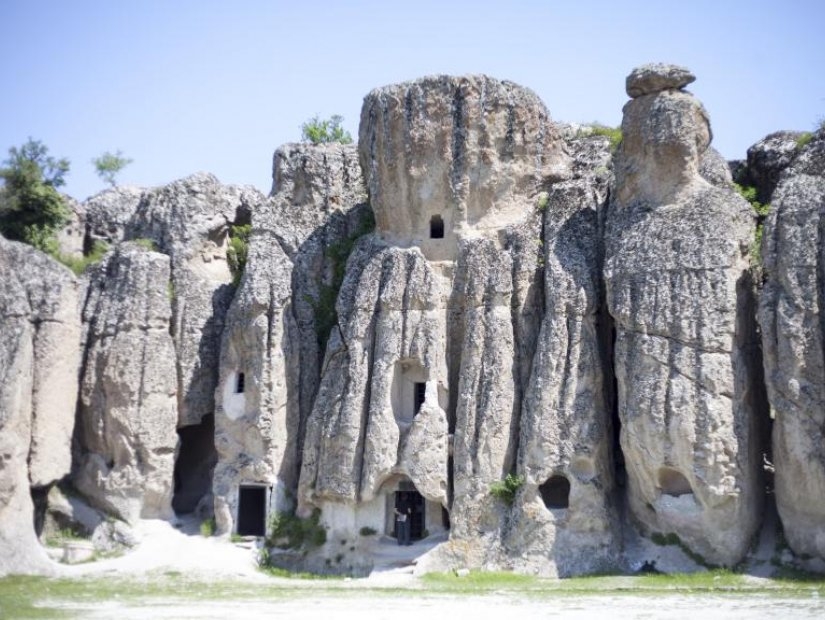Blog
Kilistra Ancient Stone City
Kilistra Ancient Stone City
Kilistra Ancient Stone City
Kilistra, an old settlement in the central Anatolian province of Konya, is known for its conical rock formations that mimic Cappadocia's "fairy chimneys."
A cross-planned chapel, hyacinth church, big water tank, churches, monasteries, watchtowers, shelters, and old roadways were all found in the ancient city, which, like Cappadocia, was home to Christian communities and historical monuments. Kilistra is an important centre of religion history and tourism because of the ruins of these buildings.
In the third century B.C., the ancient city of Gökyurt in Meram district began to operate as a town. During the Hellenistic and Roman periods, its population, notably the Christian community, exploded.
“Kilistra is a volcanic rock area that originated between 3 and 11 million years ago. The rocks in the region where Kilistra's major church is located, in particular, are volcanic rocks. Tuffs that were welded together after the explosion. This location was chosen because they are easily cut and processed,” according to Professor Fethullah Ark, president of the Geology Engineers Konya Branch.
“They are similar to fairy chimneys, to be sure. The form of fairy chimneys preserves the underlying structure, especially in locations where the volcanic strata are still intact. Rooms and places of worship may readily be fashioned out of such buildings, as well as living areas. The fairy chimney constructions that can be seen in various regions of Central Anatolia may also be found in the Kilistra area, but on a smaller scale,” he added.
The ruins of ancient Kilistra may be seen all around the modern-day Gökyurt settlement. You'll have to look carefully throughout the hamlet to find them. The architects of rock houses were experts of disguise, and some of the premises' entrances are carefully disguised. The entry holes are only visible when you get nearby. Villagers have modified some of the rooms and they are still utilized as shops, warehouses, and barns.


